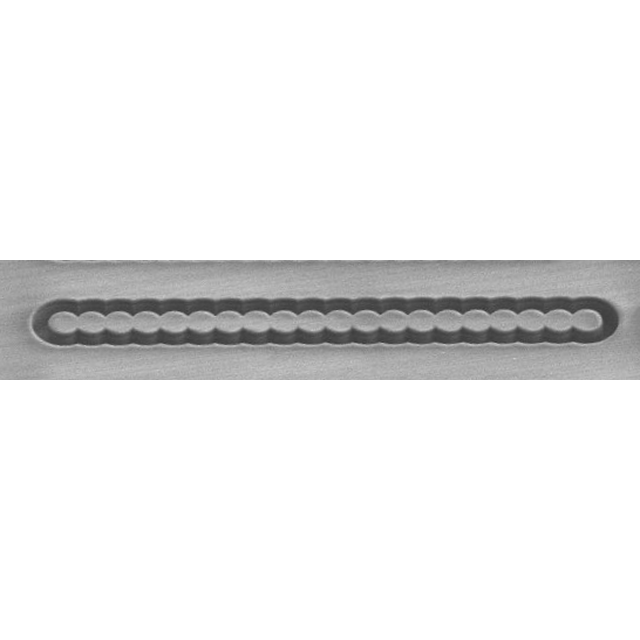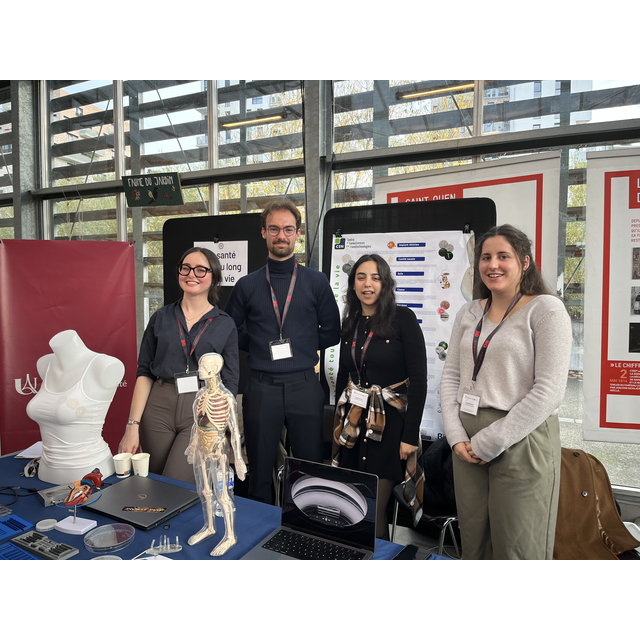The C2N and the University of Chile in Santiago are working together through an International collaboration called Poseidon, an International Emerging Action project (IEA – 2024-2025) funded by the CNRS. The project explores how solitonic-type structures propagate in discrete lattices of nonlinear photonic cells. The work combines theory, numerical simulations and experimental work carried out in liquid crystal light valves in Santiago and coupled semiconductor excitable micropillar lasers in Palaiseau. At the heart of the project is the goal of understanding and controlling how light pulses can carry information in one direction only — a phenomenon known as non-reciprocal or unidirectional transport. Such control could open the door to ultrafast, on-chip, and brain-inspired computing technologies.
The project is led by Dr. Sylvain Barbay, Research Director at C2N in the Toniq group, and Prof. Marcel G. Clerc from the University of Chile and the Millennium Institute for Research in Optics. Funding has supported visits between the two institutions, including research stays at the University of Chile and three-month research visits at C2N for Chilean students Roberto Antonio Gajardo and Luciano Carlos Toro.
Early results are promising. The teams have shown that it is possible to control the way solitonic structures move through lattices of excitable cells. This discovery reveals new physical effects and opens up new possibilities for optical computation using light pulse interactions. Experiments are ongoing, and on the theoretical side, researchers have observed not only the expected annihilation of colliding pulses but also, surprisingly, collisions that preserve the soliton shapes.
Looking ahead, this collaboration will continue through the upcoming International Research Project ALIENOS (IRP, CNRS), a five-year initiative starting in 2026. The project will bring together the same partners, joined by the University of Rey Juan Carlos in Madrid and PhLAM / University of Lille. ALIENOS will further explore how artificial intelligence and machine learning can help understand and predict the complex dynamics displayed in nonlinear photonic systems and study photonic networks from both physical and computational perspectives.
Figure 2 : Non-reciprocal wave propagation in bistable optical chain in a LCLV (after Aguilera-Rojas et al., Commun Phys 7, 195 (2024)).
Partners
Université Paris-Saclay, CNRS, C2N, Palaiseau, France
Universidad de Chile & Millenium Institute for Research in Optics, Santiago, Chile
Keywords
solitons; excitability; non-reciprocal propagation; liquid-crystal light-valve (LCLV); semiconductor microlaser; neuromorphic computing
Contact Sylvain Barbay : sylvain.barbay@c2n.upsaclay.fr
This research is partially supported by the French Renatech Network.
Figure 1 : Evanescently coupled excitable micropillar laser chain. Each pillar has a 5µm diameter.









